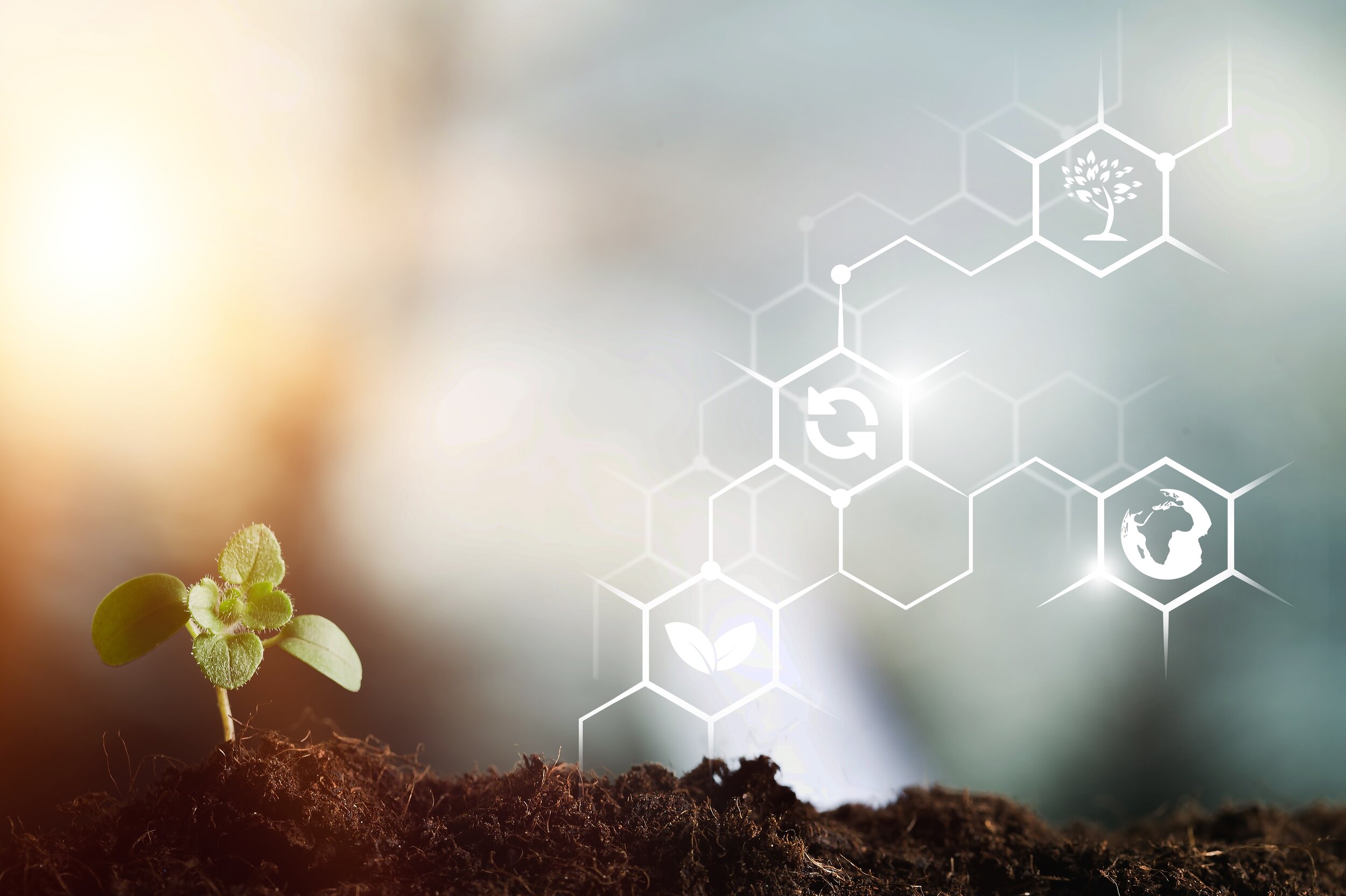Topics in Sustainability: Bio-Based Raw Materials.
Sustainability is not a new conversation in manufacturing; different industries have spent decades developing ways to make innovative products that provide value to people and businesses alike, while having a reduced or minimized environmental footprint. Bioplastics is the broad term for plastics made with an eye towards sustainability. Bioplastics can largely be broken down into two categories. Bio-based and biodegradable. At NYCOA, we are committed to taking out philosophy of innovative nylon engineering and incorporating sustainable tools to make polyamide products that perform, while incorporating sustainable ingredients and processes. For Nycoa, rather than settle for sustainability as a buzzword, we are making an ongoing commitment to achieve high-end performance with a variety of sustainable and waste-reducing technologies. In this article. we will take a deeper look into bio-based (or plant derived) plastics, which is currently one of the primary methods of incorporating sustainability technologies into nylon polymers.
So what is bio-based plastic? Bio-based refers specifically to the raw materials used in manufacturing a polymer product - either as a raw material used during polymerization, or as an additive introduced to new resin via compounding. While traditional plastics are made from fossil-based materials which are non-renewable and which may not be recyclable, bio-based plastics are made with some percentage by weight of plant-based materials. Common bio-based plastic source materials are sugarcane, wheat, cassava, and corn. These plant sources are processed in industrial plants to create precursors for polymer production, rather than having those precursors come from fossil-based supply chains. Plant-based processes may be more expensive, but the potential renewability of their supply chain may be desired as a sustainable approach to production.
Bio-based plastics are not the same as biodegradable plastics and while some bio-based plastics are biodegradable, not all of them are. Bio-based should not be looked at as an indicator of biodegradability. And just because a plastic is biodegradable doesn’t mean it’s bio-based. Bio-based only refers to the materials used in the manufacturer of the plastics.
PET (short for polyethylene terephthalate) is a common example of a bio-based plastic. Chemically identical forms can be made from either fossil fuels or sugarcane. The bio-based version is positioned as more environmentally-friendly not because it will biodegrade but because it is made of a naturally occurring renewable resource rather than using fossil fuels. But these plastics do not solve the problems of environmental damage from plastics which do not break down over time. They have their own specific considerations which must be taken into account.
Another common bio-based plastic is PLA, short for polylactic acid. PLA plastics are made from corn starch, cassava or sugarcane. The process to turn these raw materials into plastic is well understood. The raw components are submerged into sulfur dioxide where they break down into starches and oils. The starch is combined with citric acid in order for form long-chain of carbon molecules and from there it is refined into a number of plastics which behave much like polyethylene, polystyrene, and polypropylene
Another kind of bio-based plastic is PHA which is short for polyhydroxyalkanoate. PHA is made by microorganisms, sometimes genetically engineered, that produce plastic from organic materials. The microbes are raised in a specialized nutrient poor environment which encourages them to produce PHA, which shares a very similar composition to traditional fossil-fuel based manufactured plastics. The PHA can then be harvested for use in plastic products. PHA doesn’t damage living tissue and as such can be used in many medical applications as well as food-safe applications.
Technology for bio-based plastics is often still in very early stages, but still shows creative problem-solving approaches to find new sustainable resources for production. For example, waste-water treatment facilities may be able to adapt microbes to produce PHA. This additional production technique would allow water treatment locations to serve a dual function. The microbes are producing plastic and eliminating waste. They can be paid to take food waste or waste water away, and then make bioplastics to sell as well.
Bio-based plastics exist currently in a firm area of discussion regarding the future of plastic sustainability. While they still present challenges for disposal after use and may require expensive special processes for development and refinement, sourcing from renewable resources is an important option in developing new chemistries. And while bio-based plastics are not always 100% composed of these renewable supply chains, any contribution at mass scale can present significant environmental benefits.
Sustainability means looking at every avenue of production to see where we can minimize harm to the environment. Reducing dependency on an uncertain market of fossil fuels will open new opportunities for manufacturers and it will help to stabilize costs. While not every solution can solve every problem, we can work to ethically and profitably reduce the burden of plastics on the environment.

